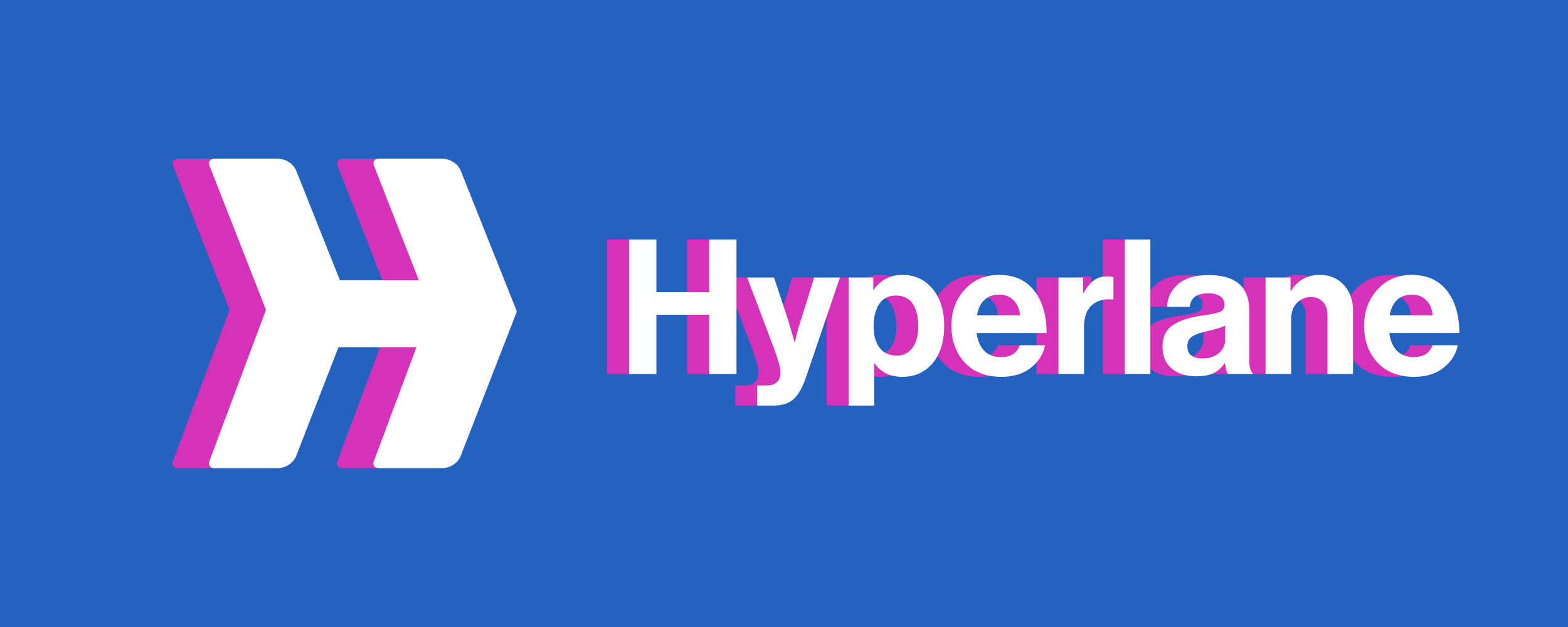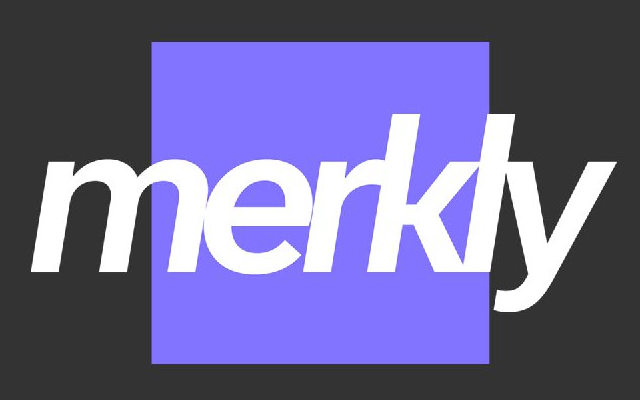Hyperlane is an interoperability framework to transfer cryptocurrencies from one blockchain to another. More and more present within the ecosystem, Hyperlane has distinguished itself by the ease with which it can be integrated by bridges and other applications. Find out how to interact as a user with hyperlane technology through various applications.
What is Hyperlane?
Hyperlane is an interoperability framework that allows you to connect more than 100 different blockchains between them. Simple of implementation, this framework allows developers to easily deploy interoperability solutions such as crypto bridges.
Omnipresent in the ecosystem, the solution developed by Hyperlane is integrable on a very wide range of tools, ranging from blockchain frameworks such as OP Stack or Polygon CDK, up to Data Availability projects like Celestia or Eigenlayer.

Do not miss the Bullrun, join our experts on Cryptoast Academy
Advertisement
What applications are developed on Hyperlane?
Hyperlane presents itself as a tool for developers, rather than a final product for users, which means that Hyperlane has not developed directly for users.
On the other hand, its interoperability solution is integrated through many decentralized applications (DAPP). So, To use Hyperlane, use the protocols based on its technology.
The DAPPs using the hyperlane solution for their interoperability needs are numerous, whether for tokens bridges, NFT, or for sending cross-chain messages.
What applications to use to interact with Hyperlane?
Here are 3 decentralized applications incorporating hyperlane technology.
Merkly
Merkly is a bridge that allows you to choose the technology used to transfer your tokens from one blockchain to another. Currently, it is possible to use this bridge through Layerzero, Polyhedra, or hyperlane technology.
With the Merkly bridge, you can use Hyperlane. For example, we are going to transfer ethn from the Blockchain Base to the Blockchain Arbitrum.
Once your wallet has been connected to the application, simply select the original blockchain (here base), the destination blockchain (here arbitrum), and the amount of ETH that you want to transfer. Then click on “Preview Transaction” which will give you an overview of the estimated time and transaction costs.
Finally, click on “Bridge” and sign the transaction with your wallet. You will have to receive your tokens on the destination blockchain in less than 1 minute (perhaps more if the network is congestioned).

Superbridge
Superbridge is a bridge interface on which it is possible to use various technologies to make tokens transfers between two blockchains. Superbridge currently supports Layerzero and Hyperlane technologies.
To use this application, go to the superbridge hyperlane bridge, then connect your wallet. Then select the original and destination blockchains. For example, we are going to transfer Ezeth from the Blockchain Base to the Blockchain Arbitrum.
Click on “Examine the bridge”, accept the conditions of use of the bridge then sign the requested transactions with your wallet. Your cryptos should arrive in a few minutes on the destination blockchain.

Everclear
The Bridge Everclear (formerly Connext) is compatible with several Layer 2 of Ethereum. Everclear uses Hyperlane to transfer tokens between blockchains.
For example, we are going to transfer USDC from the Blockchain Base to the Blockchain Arbitrum.
Please note, for the moment, only transfers of more than $ 200 are accepted on the Bridge Everclear. If you want to transfer a lower amount, turn to other solutions.
Once your wallet has been connected, select the original blockchain (here base) with the token you want (here USDC), then the destination blockchain, as well as the amount to be transferred. Then click on “Create Intent” and sign the transaction with your wallet.
Count a delay of approximately 30 minutes before receiving your tokens on the destination blockchain.

Additional solutions to use Hyperlane
There are many other possibilities to expose yourself to Hyperlane. You will find on the hyperlane linkree a complete list of applications that use its technology.
The majority of the applications listed are bridges, like Nexus for example, the bridge highlighted by the official Hyperlane website. Be careful, however, because most of these applications are still under development and blockchains and tokens compatible with these bridges are still limited.
Finally, a different way of getting involved in Hyperlane technology is to restaker of tokens on Eigenlayer. Indeed, Hyperlane is an Actively Validated Service (AVS), which means that hyperlane safety is based on the Eigenlayer protocol.
By staying tokens within the Eigenlayer application, you will participate in securing Hyperlane. However, be careful to delegate your tokens to an operator who secures Hyperlane, such as Kild, for example, a French company specializing in sting.
In summary, The use of hyperlane technology is done via third -party applications, which gradually incorporate this interoperability solution to facilitate cross-chain communication. It is therefore very possible that you have already used Hyperlane without even knowing it!
👉 Also discover how to deploy a hyperlane node with easynode
The crypto newsletter n ° 1 🍞
Receive a summary of crypto news every day by email 👌
Certain links present in this article may be affiliated. This means that if you buy a product or register on a site from this article, our partner gives us a commission.
Investments in cryptocurrencies are risky. There is no guaranteed high yield, a product with high performance potential implies a high risk. This risk taking must be in line with your project, your investment horizon and your ability to lose part of this savings. Do not invest if you are not ready to lose all or part of your capital










